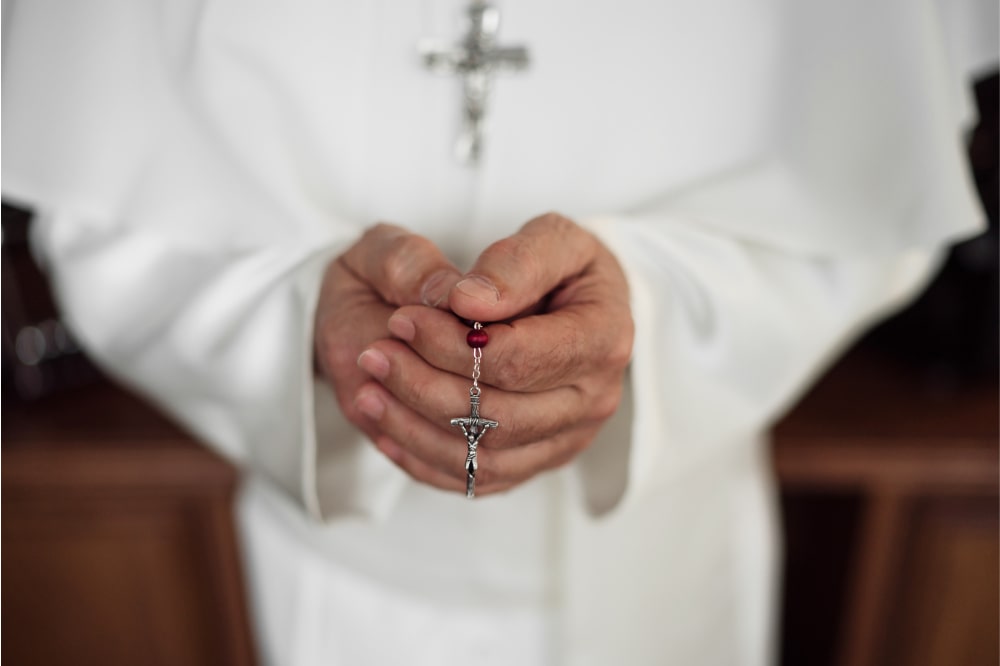Confraternities are associations of laic Christians who decide to gather together to promote aggregation, increase devotion and worship, and perform charity, penance and catechesis. They’ve existed since the origins of Christianity in Roman times, and quite likely the first confraternities took inspiration from secular institutions before them, such as Roman collegia or Greek fraterie.
Over the centuries they have assumed different denominations from region to region from confraternities to caritas, consortia to sodalitium, gilda or schola, or even company or congregation.
Regardless the name, confraternities usually start within the Church. Only the ecclesiastical authority can recognize its validity and change its statute and everything that has to do with it.
Those within the brotherhood maintain their laic state, unlike the first confraternities in which only members of the clergy could participate. They do not have to take the votes, and they can follow their human, working, and family lives.
Starting as prayer’s communities, collective reading of the scriptures, but also to assist infirm and poor, orphans and foreigners, medieval confraternities frequently practiced self-depravation and other forms of cruel penitence to invoke divine mercy. In particular we recall the battenti and the disciplinati, who in the 11th century would scorn themselves in procession to commemorate the Passion of Christ.
From the sixteenth century, the tendency of confraternities shifted more to the practice of charity, the creation of hospitals and shelters, and common devotional practice. In particular, we recall the “Bianchi”, dressed in a white flax-colored sail with cap and a red cross on the chest.
Amongst other things we have to thank the confraternities for the preservation of much of the artistic and cultural heritage of the church, works and documents preserved in their archives, such as the Seven Works of Mercy painted by Caravaggio for the Church of Pius Monte della Misericordia of Naples and The Stabat Mater of Pergolesi made for the Arciconfraternity of the Knights of the Virgin of the Seven Sorrows of Naples.
The contribution of the confraternities was fundamental against the spread of Protestantism in Italy and in the struggle against heresies. They still play a crucial role today in the life of laic Christians, bound together by their desire to face the small and great vicissitudes together. The traditions of the past have remained in the colors of the gown that the members of confraternities wear, and the medallions of the confraternities that portray the effigy of the group they belong to.

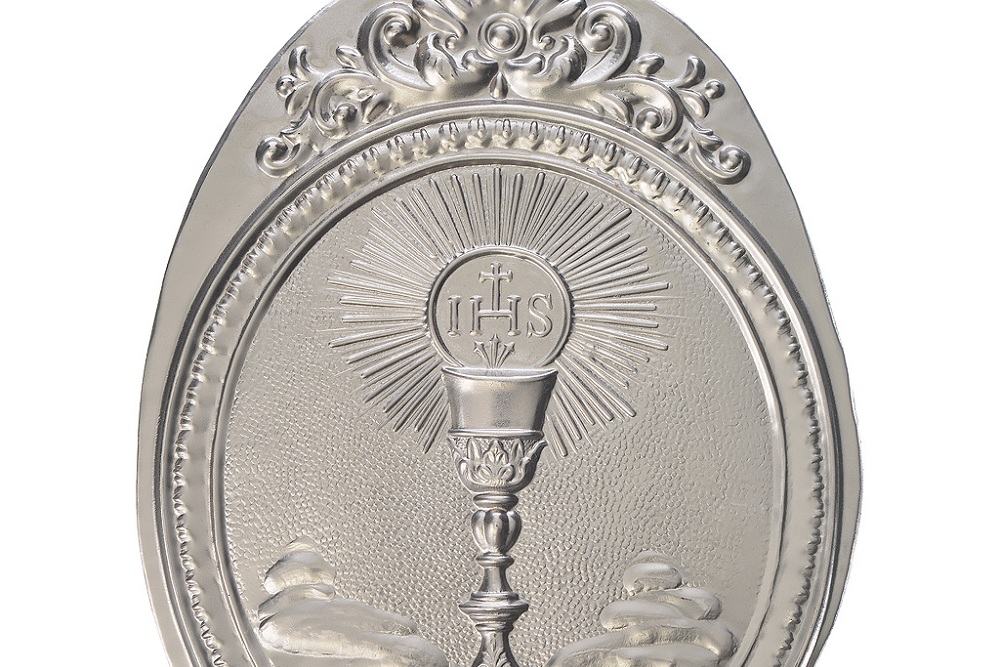
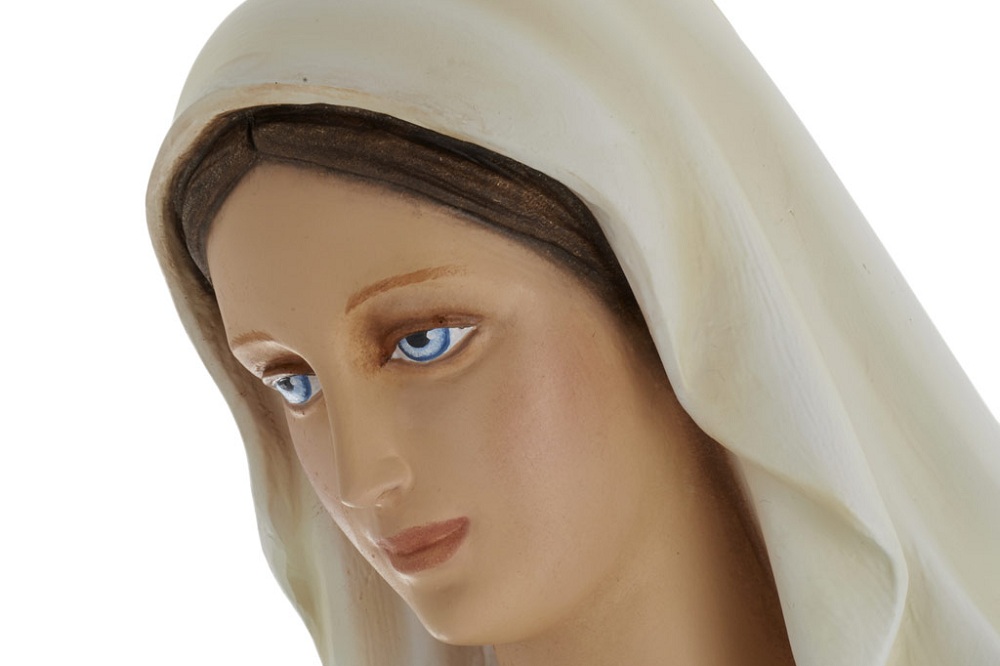


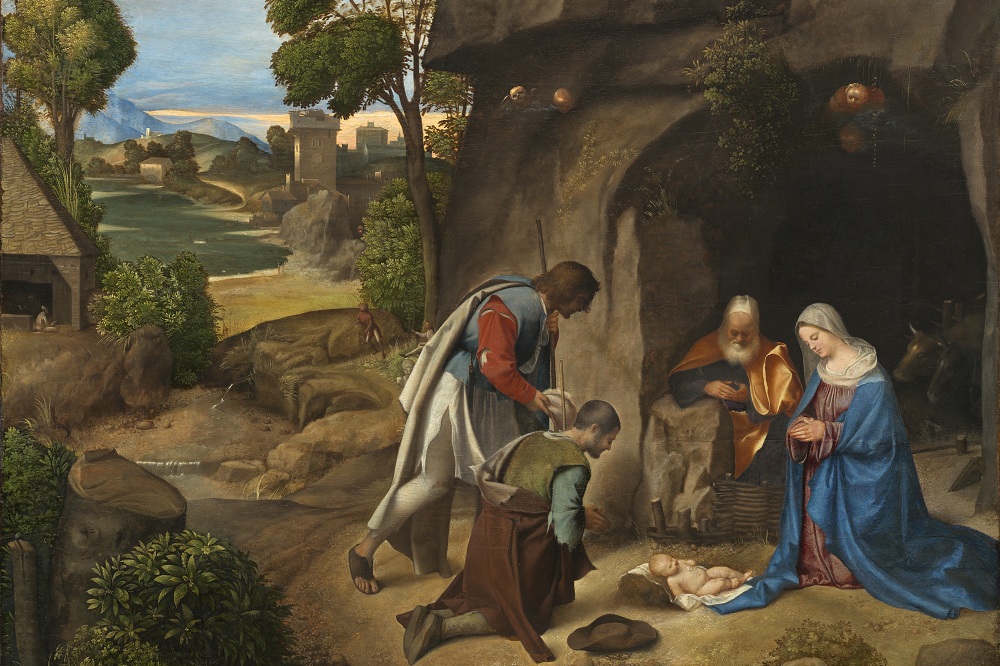
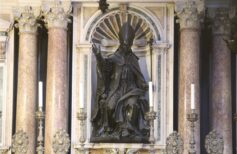












 19 March 2025
19 March 2025


